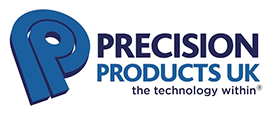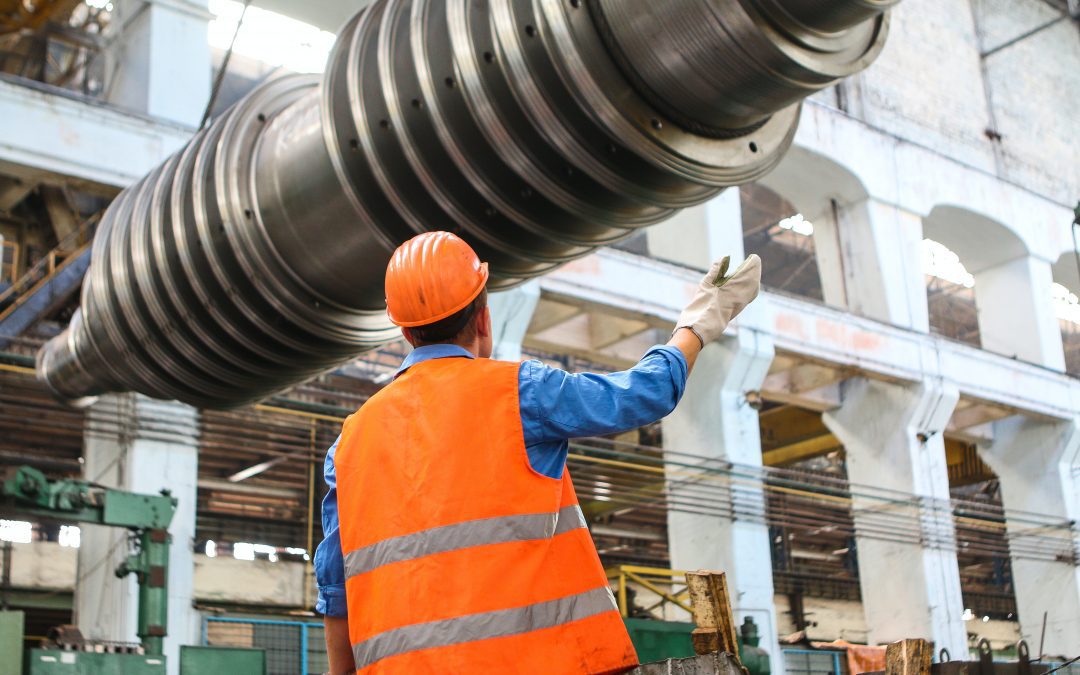Piston rings have evolved in recent years. Until recently they were heavier, thicker, and made of cast iron. Modern rings are thinner, come in many widths, and must be precisely configured to suit the needs of the user.
In this guide we’ll look at:
4. different types of coatings
All about piston coatings
Piston ring coating compatibility is extremely important. Choose the wrong type and it could adversely affect the lifespan of your sealing rings – costing you money and wasted time in the process.
To understand the pivotal role coatings play it’s important to think about the top piston ring, which is arguably the most important component in an engine. It must transfer considerable volumes of heat at speeds of up to 5000 feet per minute through a minimally sized contact zone.
The four types of wear and tear are:
The importance of hydrodynamic and boundary lubrication
Abrasive wear affects the durability of the top ring most acutely. That’s because, as friction levels increase, hydrodynamic lubrication ends, and boundary lubrication becomes more important.
This event occurs when the soft graphite lining in the top piston ring starts to erode and becomes softer – making it softer and more malleable.
Different types of piston ring coatings explained
As established, coatings extend the lifespan and efficiency of piston rings – preventing undesirable issues like corrosion or scuffing. Select the wrong coating and you could accelerate wear and tear instead and reduce performance.
Here is a breakdown of the different coating types to guide your decision making:
5. Nickel graphite is often combined with other coatings and is used universally

